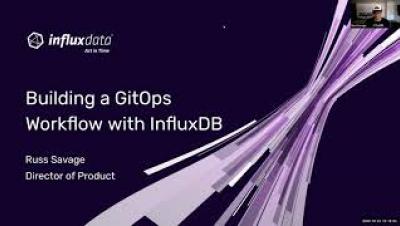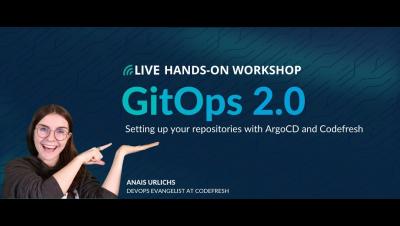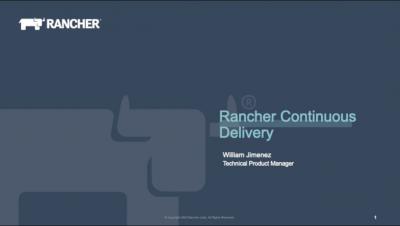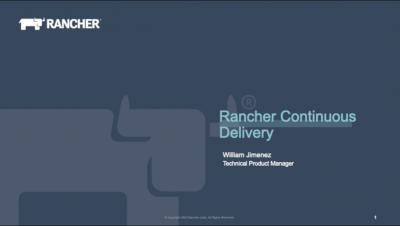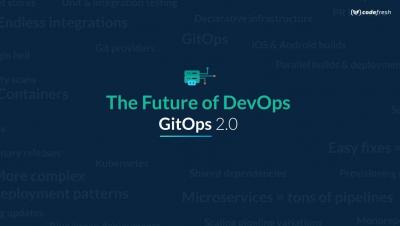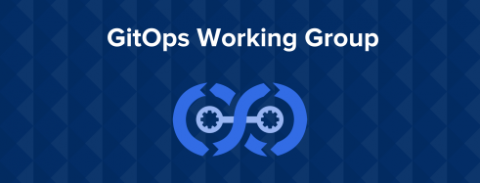Operations | Monitoring | ITSM | DevOps | Cloud
GitOps
The latest News and Information on GitOps and related technologies.
GitOps 2.0 hands-on workshop: Setting up your repositories with ArgoCD and Codefresh
Kubernetes GitOps with Rancher Continuous Delivery
Kubernetes GitOps with Rancher Continuous Delivery
Combining Progressive Delivery With GitOps and Continuous Delivery Through Argo CD, Argo Rollouts, and Codefresh
Progressive delivery is arguably the most reliable and advanced set of deployment practices based on a simple idea. Instead of shutting down the old release and deploying a new one in its place, progressive delivery takes an iterative approach. It gradually increases the reach of a new release. That gives us quite a few benefits like zero-downtime deployments, reduced blast radius, increased security, and so on and so forth. I will not go into depth about what progressive delivery is.
The Future of DevOps: GitOps 2.0
ArgoCD Observability Using the New Codefresh GitOps Dashboard
In this article, we will show you how to connect ArgoCD and Codefresh so that you get the full observability experience for GitOps. ArgoCD provides the underlying deployment mechanism and Codefresh the visual dashboard to provide high-level information for deployments. We assume that the following are in place GitOps is a way to do Kubernetes cluster management and application delivery.
Announcing the GitOps Working Group
Today Amazon, Codefresh, GitHub, Microsoft, and Weaveworks are announcing the creation of the GitOps Working Group. This will be an open CNCF community project created inside the CNCF fluxcd GitHub organization as the initial venue for collaboration and open governance.
Launching the Future of DevOps: GitOps 2.0
Today marks our first step towards the future. Codefresh is launching a number of new features aimed at improving the experience and speed of continuous integration and deployment with GitOps.
A vision for GitOps 2.0
In our previous article, we explained some of the issues we see with the current generation of GitOps tools (which we call GitOps 1.0). In this article, we will talk about the solution to those issues and what we expect from GitOps 2.0 – the next generation of GitOps tooling.


